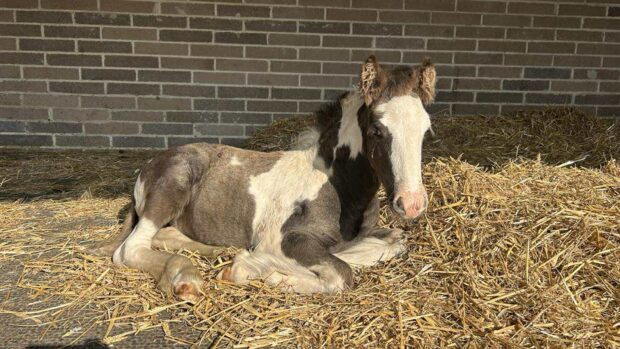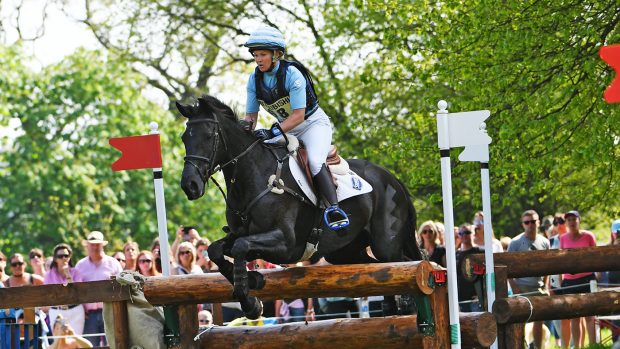More articles on foals
Latest breeding news
Foals are born with disproportionately long legs and these elongated limbs often appear crumpled at first.
In the vast majority of cases, Mother Nature ensures that the legs will eventually straighten. But, in some cases, additional factors are involved and the limbs may fail to improve.
If the deformity is mild it may only ever be an insignificant conformational fault, but if it is severe then it may compromise the foal’s future athletic potential — or even render it chronically lame.
Types of deformities
Such limb problems are often divided into two categories: angular limb deformities (ALD), where the limb appears angled or crooked when viewed from in front or behind, and flexural contractures, where the leg assumes a flexed or folded appearance when viewed from the side.
They can occur as a result of incomplete fusing — or ossification — of certain bones at birth, abnormal and uneven stresses on areas of growing tissue near each end of the bone called growth plates, infection of the growth plates, musculoskeletal fatigue and soft tissue damage.
Treatment should initially always involve management changes. These may include restricting a foal’s exercise to reduce concussion, curbing food intake to prevent sudden growth spurts, regular foot trimming and, where necessary, corrective shoeing.
A decision about whether to interfere with a limb is governed by a stringent time window.
X-rays are often essential to establish the exact location and degree of angulation, and also whether there has been incomplete ossification of the bones, which could affect the prognosis. The remaining growth potential of the joint also has to be taken into account.
This is all governed by the foal’s age.
Don’t delay surgery
The two main surgical techniques for ALD involve manipulating bone growth using either growth acceleration or arresting procedures. Surgery must, therefore, be carried out before the growth plates have closed.
In fetlocks, surgery is best done before three months, while knee and hock intervention is most effective before six months.
While many bent legs can be corrected sufficiently to allow the foal to lead a full and useful life, others carry a hopeless prognosis and euthanasia is the only humane option.
For the full article on limb deformities in foals, see the current issue of Horse & Hound (13 May, ’10)
Looking for more articles on foals?
Get the latest breeding news



